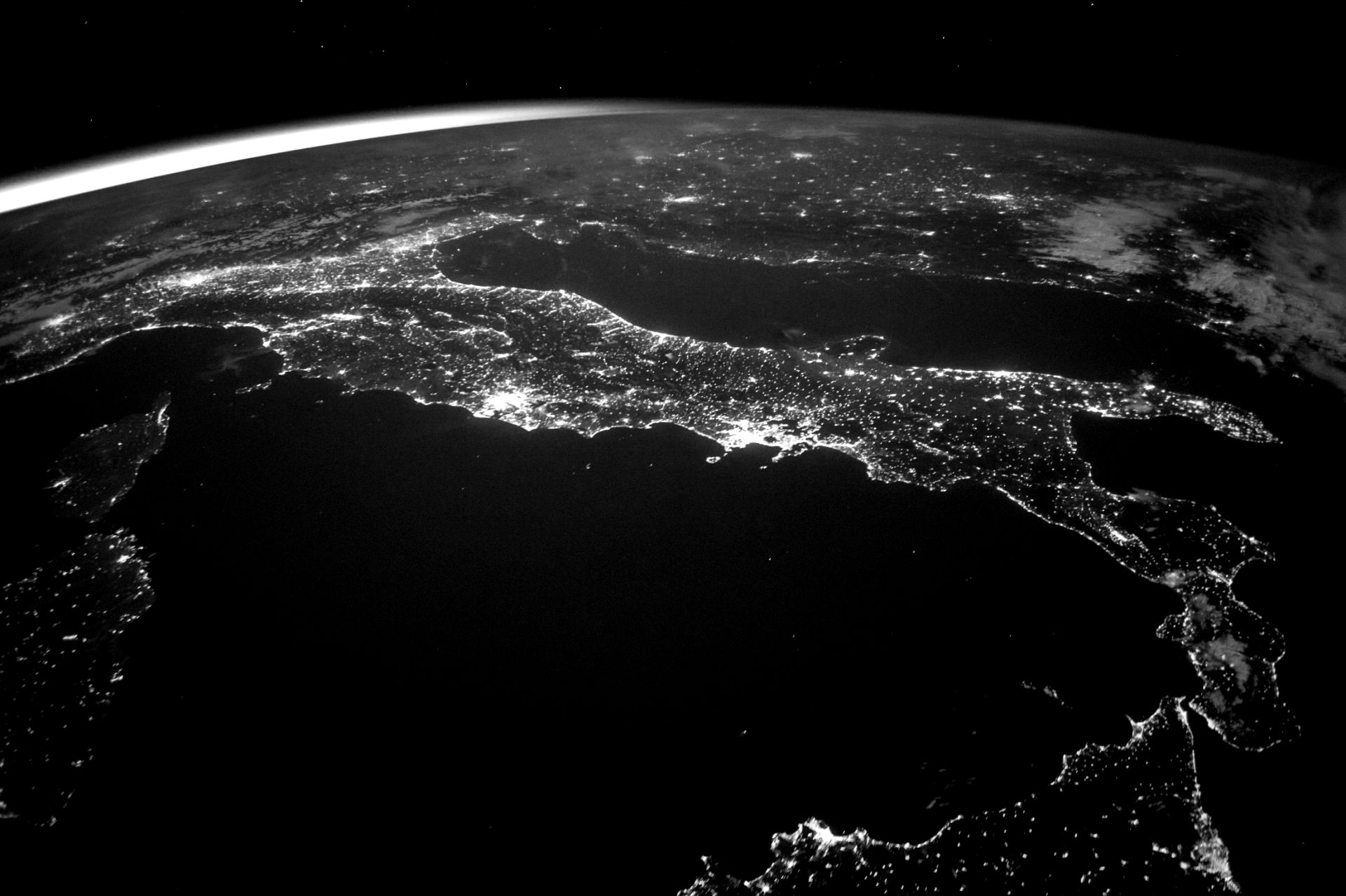If you were wondering whether or not it’s worth creating truly meaningful content – or find yourself guilty of simply churning out a blog every now and then in order to update your new business website with something – you may be interested to hear the findings of a new study.
The annual Meaningful Brands report has just been published, outlining key findings from a study of 1800 brands, 43 different content types and 350,000+ consumers in 18 countries worldwide. The report studies how brands influence the lives of their customers and how the role they play in society. It says, “ A meaningful brand is defined by its impact on our personal and collective wellbeing, along with its functional benefits .”
Top level findings
The headline finding from this year’s research is that people wouldn’t care if a massive 77% of brands disappeared for good. A majority (58%) of brand content is defined as not being meaningful. That means it doesn’t contribute to the day-to-day lives of consumers.
Consumers expect brands to provide content but much of it fails to hit the mark. Spending time creating content that is meaningful is worthwhile though, with research authors Havas saying, “Buying today is a political act! 55% of consumers believe brands actually have a more important role than our governments to create a better future!
“Our findings show that consumers will reward brands who want to make the world a better place and who reflect their values. Consumers are using their buying power to make a stand!
“There’s no question – brand activism will become a part of a brand’s strategy.”
Deep dive
The most meaningful brand in the world is Google, according to this year’s research. PayPal is a close second, followed by Mercedes-Benz, What’sApp, YouTube, Johnson&Johnson, Gillette, BMW, Microsoft and Danone. Other brands in the top 30 include Nike, Nestle, Colgate, Disney, Visa, Ikea, Booking.com and Lego.
In North America, the most meaningful industries are consumer goods, food and entertainment. In Western Europe, retail, electronics and food, in Latin America travel and tourism, entertainment and food and in South East Asia, transport, the Internet and media and travel and tourism ranked top three.
The automotive industry was came out top for content effectiveness overall, followed by electronics, travel and tourism, consumer goods, food, transport, Internet and media, beverage, retail and telco.
The six roles of content were determined to be primarily to inspire, followed by entertain, educate, inform, help and reward.






















